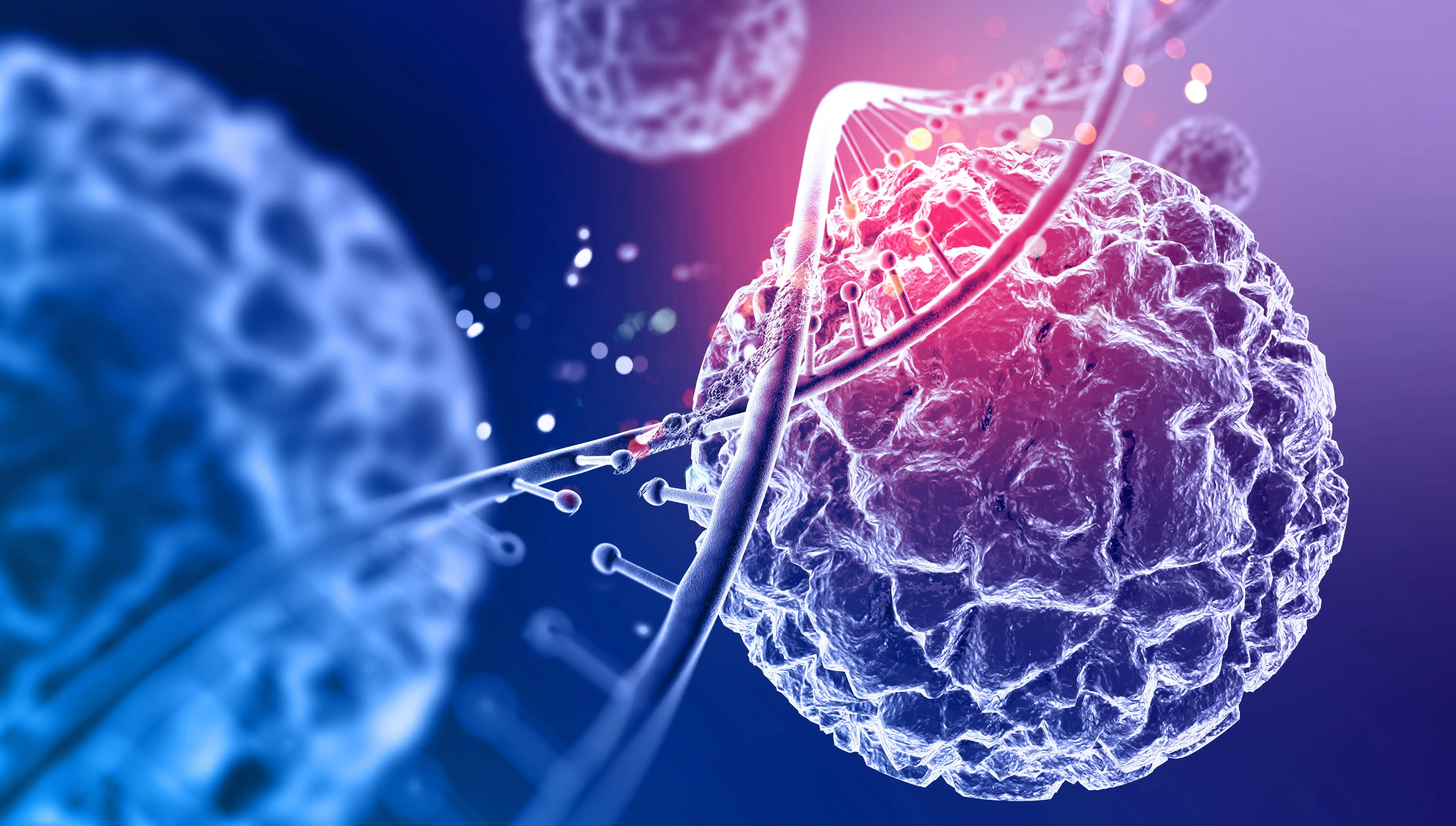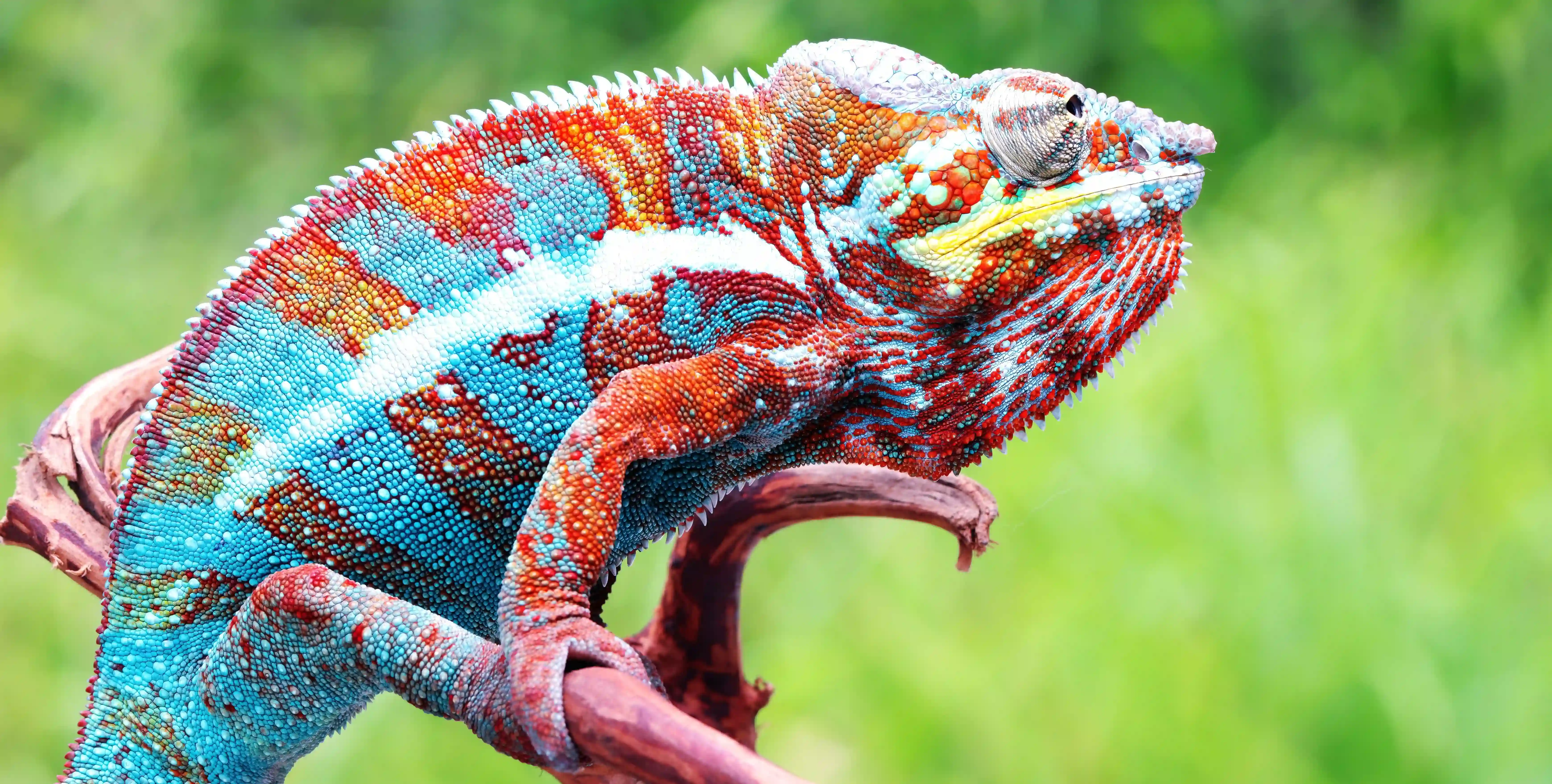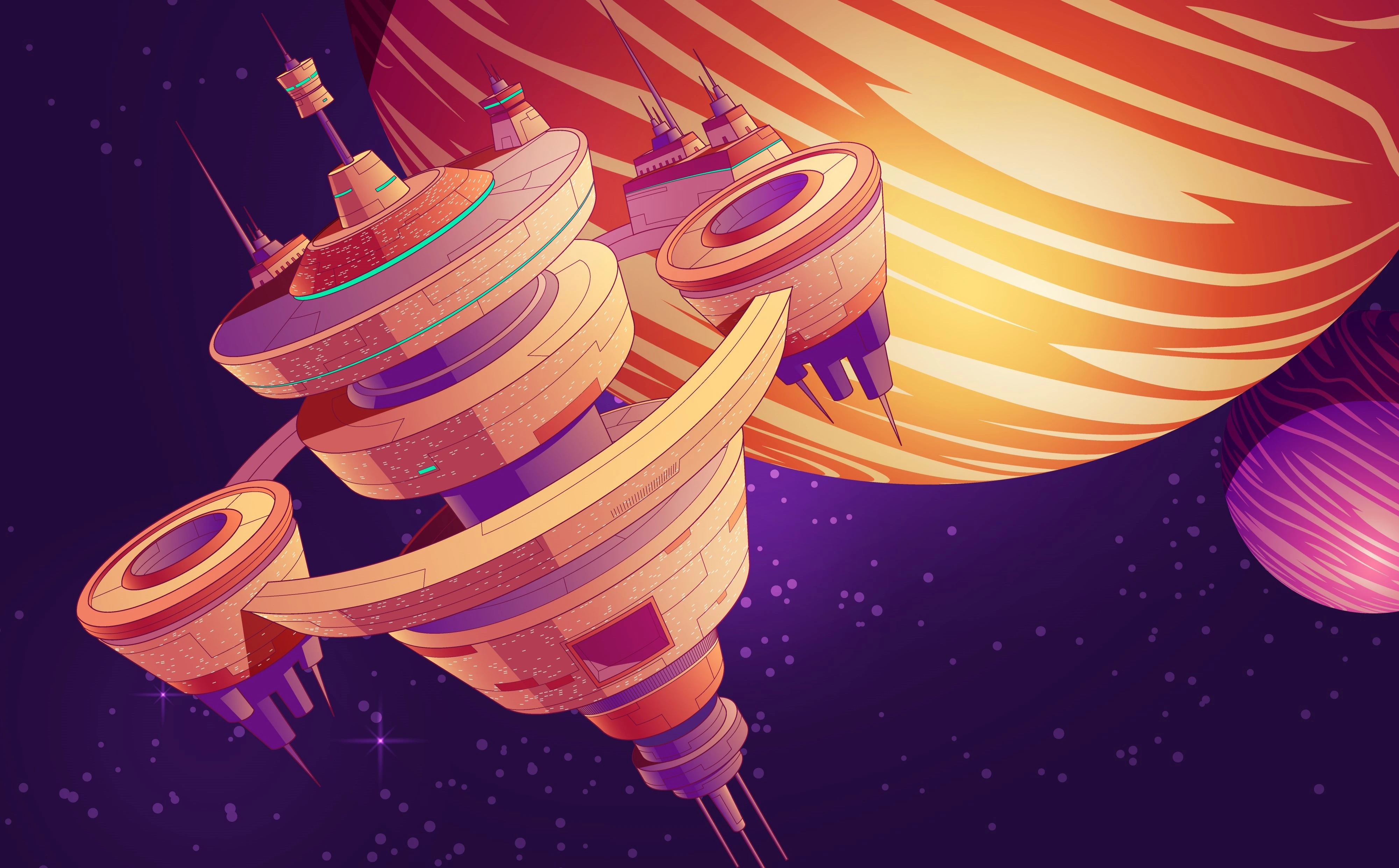Could topology be the cure to cancer?

How Can Maths’ Most Abstract Topic Advance Gene Therapy To the Next Level
From the first vaccine in 1796 administered on an eight-year-old boy to the accidental discovery of penicillin in 1928, medicine has been developing at a rapid rate in the last 200 years.
However, only 50% of cancer patients survive up to 10 years in England and Wales alone.
Whilst the Covid-19 pandemic dramatically changed lives in the last few years, there was still a reliable solution eventually. Now, the logistics of delivering the vaccines to the public effectively may have prolonged lockdowns, but vaccination proved to be successful. Unfortunately, chemotherapy and radiotherapy are not currently solutions which save the majority of cancer patients.
But there may be hope. With advances in data science and gene therapy, there may be a chance for cancer patients to undergo treatment with full confidence of surviving in the future. Gene therapy, whilst being a relatively field of research, has shown some promise for less dangerous diseases.
Cancer is the spread of uncontrollable growth of body cells, which happens due to gene mutations. Genes are found in DNA, which are essentially instructions for a cell to follow. In order for us to grow and repair damaged cells, cells must divide into new cells, and specific genes can control cell growth and division (this is called mitosis). However, random errors in these genes can occur when the “code” is being replicated causing uncontrollable growth. Sometimes, these errors can happen due to inheritance of certain genes from parents, or damage to DNA by chemicals or UV rays. Of course, the immune system usually eliminates any cells with damaged DNA, but sometimes if cancer cells can develop then they start ignoring signals to die (apoptosis) and can even convince the immune system to protect them.
If this happens, cancer cells can divide uncontrollably to form a lump of cells called tumors. Some tumors don’t spread to other tissues (benign), whilst malignant tissues can invade other body cells (metastasis). However, any tumor requires oxygen and nutrients to survive, so often blood vessels grow toward tumors which can create further problems in organs.
So, in order to prevent cells from dividing uncontrollably in the first place, we can modify the DNA of normal body cells or even cancer cells in tumors. This process is called gene therapy and relies on an external source of information into body cells by a vector, such as a plasmid (a circular loop of DNA) or even viruses. Of course, these viruses have been modified to simply inject the healthy or coded gene into the cancer cell, which can inactivate specific genes in the DNA which control cell division.
But what are modern day techniques such as chemotherapy lacking? Chemotherapy does target malignant tumor cells by changing the DNA replication genes (this is an example of gene therapy), but the problem is healthy cells can also be affected. While the instructions given to cancer cells to divide and grow are effectively crossed out, normal cell division in healthy body tissue can be disrupted, which can further weaken the patient. So, the issue really is we have to minimize effects on the healthy cells instead. And this is where topology can play a big part in understanding DNA replication.
Essentially, if we are able to understand how the replication genes work completely, then we can create drugs which only stop abnormal growth instead of all mitosis. For this specific enzymes can be used to stop cancer cells from multiplying, but this can only happen with the knowledge of how the DNA in cell nuclei really look like.
DNA is often limited to the idea of a double helix strand, connected by lots of pairs of bases. The sequence of bases makes up what a gene actually is: a set of instructions to code a protein. However, in the nucleus, DNA is often coiled up. Rather like a charging cord or a telephone cord coils itself almost magically, DNA does the same to fit all the genes it needs inside the nucleus.
Before the DNA can be replicated in cell division (otherwise each new cell will get half the DNA), enzymes must uncoil the knot the DNA can often get into. This is called supercoiling and the shortening of DNA molecules basically allows for more efficient storage. If we can’t uncoil the DNA it’s impossible for the enzymes responsible for replicating the DNA to actually replicate it in the first place.
Now for the topology – we can understand how the enzymes uncoil the DNA efficiently by using mathematical models for knots instead, increasing our understanding of how to control DNA replication effectively. If we can change these enzymes, we can effectively control the whole cell division process (which might be a solution for stopping cancer cells from dividing). Topology focuses on how geometric spaces can change under a set of specific deformations. Since you can stretch a donut to form a coffee mug (and you can’t cut or glue objects), topologically these objects are identical.
Knot theory is a part of topology which helps to understand how we can unknot strings. We ideally want to get to a loop of DNA in our nucleus, so if any knotted loop can be unknotted in a series of transformations to form that loop, we can mathematically describe these as equivalent or ambient isotopes of each other.
By twisting, pulling and stretching strings we can come up with general sets of knots that are identical to each other which can help us to come up with a general “formula” if you want to unknot any loop of DNA. Again, if we can control the topoisomerases (“uncoiling” enzymes), we can control cell division. However, there is one problem. We can’t actually prove two knots are non-identical through these sets of instructions (called Reidemeister moves). One solution (which has a couple of its own problems), is to assign a value to each unique knot called an invariant, but this doesn’t always work.
So instead of thinking about these sets of instructions maybe we can take a closer look at the links (how the knots cross) themselves. We can imagine a knot as a string which overlaps itself in different ways. If the string “over crosses” we assign it with a positive value (K+) and a negative one (K-) for “undercrossing”. In a knot diagram, we can trace the path it would follow by a string of pluses and minuses, and we can assign the overall difference between the over and under crosses as the writhe. Unfortunately the writhe will not help us to tell if two knots are invariant, but it can help with how difficult a knot is to untie.
There is something we can use though to tell if two knots are different. The unknotting number essentially tells us the smallest number of moves it takes to unravel the knot until we can use the Reidemeister moves (a set of further moves that just makes the knot into a loop). So by turning every positive crossing into a negative one, we can essentially unravel the knot into its unknot state, which can then be made into a loop (you can cut, switch and join strands in this case).
Now the topoisomerases can, unlike things in knot theory, severe ends of the DNA. However, in either case, the unknotting number we looked at is very close to the minimum number of moves the enzyme needs to make before unknotting the DNA knot. If the unknot cannot be made into a loop using the Reidemeister’s moves, then we know it’s impossible to turn it into a loop.
So, if we change the DNA controlling the activity of topoisomerases, we can essentially change how it can unknot DNA. By using viral vectors and gene therapy, we can transport the “code” into cancer cells so it effectively stops DNA to be unknotted preventing cell division. If the code reaches healthy cells, then the “code” can be overridden after assessing the rate of cell division of unknotting taking place (there are many abnormalities of cancer cells that can be assessed). To put it simply, with topology we can control how DNA knots untie which means we can choose which cells to divide. If cancer cells can’t divide, then they’ll just die.
I guess we’re just making sure chemotherapy doesn’t hurt normal cells too.


